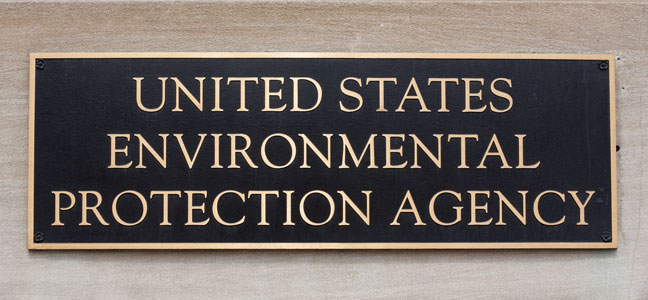
On Nov. 20, the U.S. Environmental Protection Agency (EPA) registered 10 products containing the new active ingredient isocycloseram, a broad-spectrum contact insecticide proposed for use in structural pest control, as well as agricultural and turf and ornamentals use. For the professional pest management industry, isolcycloseram can be used indoors and outdoors on commercial, industrial and domestic sites for such pests as cockroaches, termites and bed bugs.
In August, a Rutgers University news release explained how this insecticide worked against bed bugs specifically.
According to the EPA’s news release:
No human health risks of concern were identified when isocycloseram is used according to the registered labels.
The isocycloseram registrations are supported by human health and ecological risk assessments as well as a biological evaluation under the Endangered Species Act (ESA). EPA did not identify risks of concern for aquatic and terrestrial plants. EPA preliminarily concluded that the proposed use of isocycloseram may affect insect pollinators from spray application and aquatic invertebrates from spray, seed and soil treatments. It can also cause chronic risks to birds and mammals ingesting treated rapeseed.
The following mitigation measures are found on the products’ labeling to address on- and off-field effects to non-target species, including listed species:
- A link to the Bulletins Live! Two web system, with instructions to follow any applicable endangered species bulletins and Pesticide Use Limitation Areas (PULAs) on the site;
- A link to EPA’s mitigation menu where users can choose mitigation options to meet use-dependent point thresholds;
- Restrictions for application during rain or when soils are saturated;
- Prohibition of aerial application on all uses except corn, cotton, potato and soybean, with additional geographical restrictions included in the label for aerial application on corn and soybean;
- Spray drift buffer requirement for aerial, ground and airblast applications;
- Prohibition on applications three days before and during bloom for orchard crops;
- Prohibition on applications during hours of the day when bees are most active for indeterminate blooming crops;
- List of best management practices to help reduce the risk to pollinators and to promote the health and habitat of ground-nesting bees;
- Advisory requirement to protect pollinators from isocycloseram-treated seed coating dust; and
- Instructions for managing spilled or exposed treated seeds.
Next steps
At press time, EPA has initiated ESA consultation and shared its findings with the U.S. Fish and Wildlife Service and the National Marine Fisheries Service. During formal consultation, the Services use the information in EPA’s final biological evaluation to inform their biological opinions. If the agencies “determine in their final biological opinions that additional mitigations are necessary to address any jeopardy/adverse modification determination or to address any unintentional harm known as incidental take, then EPA will work with the registrant to ensure that any necessary registration or labeling changes are made,” the news release says.
PMP will continue to update its readers with new information on the progress of isocycloseram-containing products for the professional pest control industry as it becomes available.
Learn more at EPA-HQ-OPP-2021-0641 at www.regulations.gov.
Leave A Comment